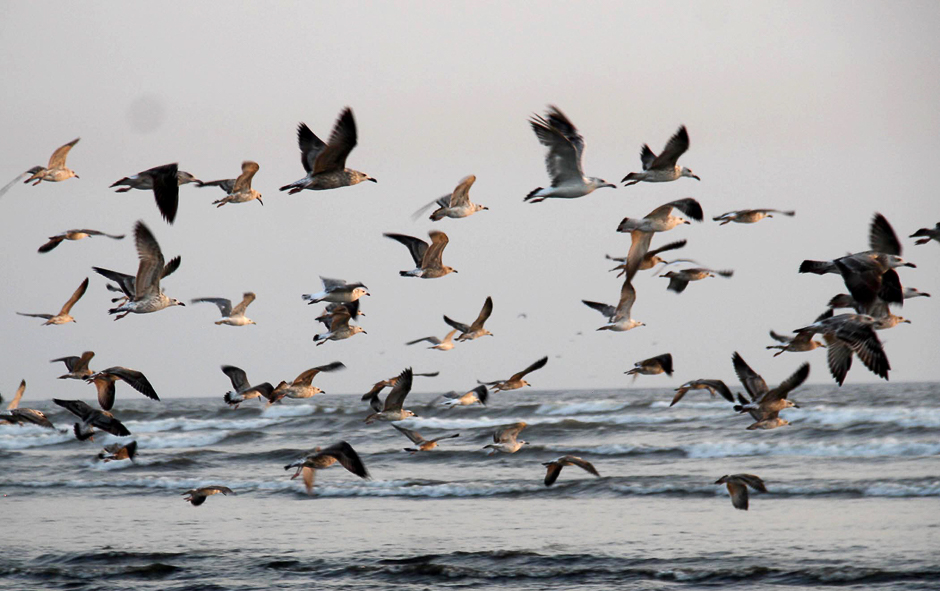
The move aims to save endangered houbara, falcons, cranes and ducks from poachers and hunters during the winter season in the province.
“We have mobilized the field staff of wildlife department in all divisions of K-P, especially in the southern districts after the start of the winter season for migratory birds including Houbara Bustard, falcons, cranes and ducks to Pakistan from Central Asian states due to dropping of temperatures in those countries and increase of flora, weeds and insects in our province,” he said.
The minister added that field staff has been directed to increase patrolling in all such areas where migratory birds from Mongolia, Siberia and Central Asian Republics (CARs) arrive in November and December. These areas include rivers, lakes, canals and ponds and staff have been directed to take strict action against illegal hunters besides imposing a heavy fine under wildlife laws.
These migratory birds are crossing Chitral, Charsadda, Mohmand, Dir, Bajaur and mostly stay in Peshawar, Kohat, Bannu, Dera Ismail Khan, Lakki Marwat, Dera Ghazi Khan, Rahim Yar Khan before heading towards the Cholistan desert during the winter season.
He said last month action was taken against falcon hunters in Kohat and Dera Ismail Khan where seven birds worth million rupees were seized. A further 10 precious falcons were released near the Peshawar Motorway Toll Plaza on October 23 by the Wildlife Department.
Urmar said the frequency of migratory birds and wildlife has increased in the province following the Billion Tree Tsunami (BTT) plantation drive, including planting 600 million trees over 306,983 hectares in forest enclosures and another 200 million planted over 263,213 hectares.
The new jungles, he said, had created breeding ground for native and exotic animals including falcons, bears, houbara bustard, cranes, bears, leopards, doves, ducks, monkeys, foxes, wolves, jackals, pigeons, pheasant’s monal, koklas, kaleej, tragopan, black and grey partridges and the Chakor to thrive.
Published in The Express Tribune, November 18th, 2019.
































COMMENTS
Comments are moderated and generally will be posted if they are on-topic and not abusive.
For more information, please see our Comments FAQ